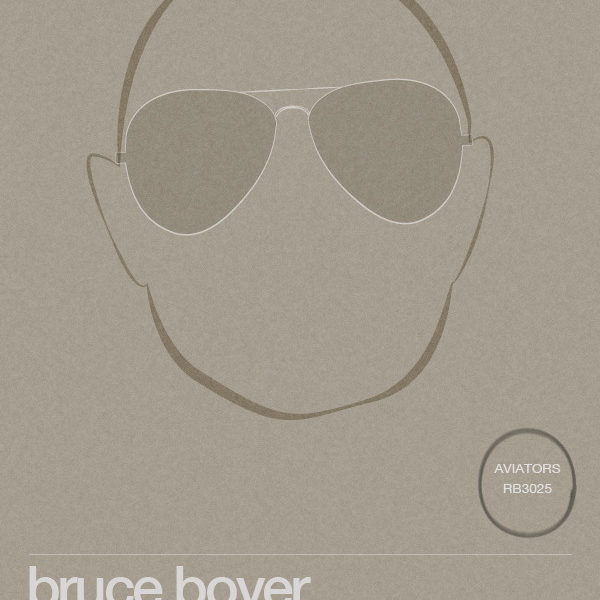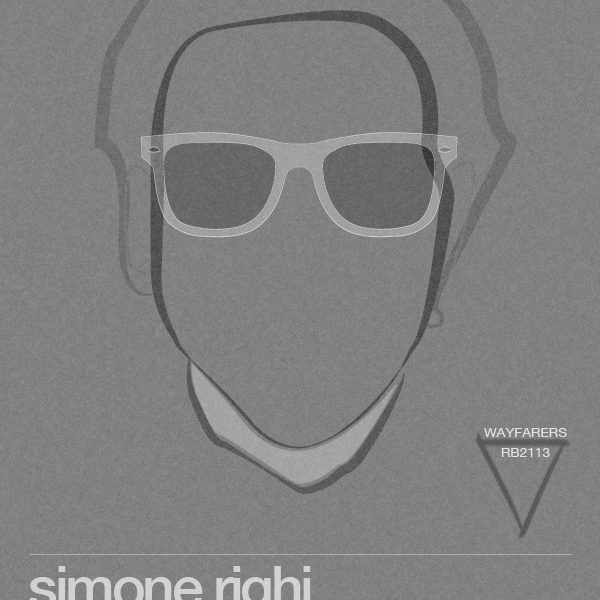
- Facial type: Square
- Facial type: Oval
- Facial type: Oblong
- Facial type: Round
- Facial type: Diamond
- Facial type: Triangle
The Shady Series, Part IV: How to Pick the Right Sunglasses
We’ve covered how to determine quality in sunglasses, and reviewed some of our favorite models. Now to the most important part: how should you choose the best sunglasses for yourself? Here are four aspects to consider.
Sizing
On a correctly sized pair of frames, the temples should go straight back and not flare from strain. The frames should sit snugly on your nose and ears, but not pinch or rub, and the weight of the sunglasses should feel evenly distributed between your ears and nose. They should also look proportional to your face. Take a step back from the mirror and make sure your sunglasses aren’t overpowering your facial features, or vice-versa. If you have to err, however, it’s generally better to go a bit bigger on sunglasses rather than smaller. This will not only look better, but also give you better protection from the sun.
Facial type
Generally speaking, you should always try to offset and balance out your dominant characteristics. Don’t overdo it, however; it should be a soft balancing act. To show this, Agyesh has made some illustrations, which you can expand by clicking each image above.
- Square: For people with angular faces, broad foreheads, and strong jaw lines, try oval or rounded frames. You want something that counters the angles in your face, so avoid geometric or square shaped frames.
- Oval: If you’re lucky enough to have an oval shaped face, you can more or less wear anything. Just be sure to keep an eye on proportions, as you don’t want frames that are too large or small for your features.
- Oblong: If you have a narrow, oblong shaped face with angular features, wear frames that add some width. Broad sunglasses or browlines can help (the latter especially if you have a pronounced chin).
- Round: For full cheeks, soft chin, or perhaps just a straight-up round head, wear angular or geometric frames that sharpen your features. Rectangular shaped styles or even classic aviators can be good here.
- Diamond: If you have a small forehead and chin, but dramatic and wide cheekbones, you should wear oval frames that maintain balance. Avoid narrow frames that emphasize your narrow eye line.
- Triangular: For someone with a narrow forehead and eye line, but wide cheekbones and a strong jaw line, wearing top heavy styles such as browlines can help balance the width of your jaw.
Weight
It’s also important to take note of your body type when choosing sunglasses. For example, if you’re heavier, and have a roundish face, don’t wear overly chunky sunglasses, as you’ll look cartoonish. It’s best in this case to have thinner, rectangular glasses. Likewise, if you’re skinny and have a thin face, don’t wear thin, wiry glasses, as you’ll look like a fragile scientist. The key is always to offset your characteristics, not emphasize them, but again, don’t overdo it by having too much of a contrast.
Lenses
Finally, you should choose a type of lens that’s appropriate for your lifestyle.
- Gray lenses will provide the best “true color” representation. These are the most neutral and best for general use.
- Green lenses will make the color transmittance curve of the lens closer to the natural curve of your eye. As a result, your vision will stay sharper for a longer time and you’ll reduce eye fatigue.
- Tan lenses improve your visual acuity by increasing the contrast. These will be good for hazy, foggy, or generally overcast days.
- Orange or yellow lenses increase contrast in tricky, flat-light conditions. They also provide excellent depth perception. As such, they can be good for activities such as skiing.
- Flash mirror lenses are mainly for styling purposes. They do reduce some of the light that comes in, but they won’t improve your UV ray protection.
- Polarized lenses protect you from the glare on reflective or polarizing surfaces such as water, roads, snow, or tinted surfaces. Thus, these will be ideal for boating, fishing, driving, etc. Note, however, that polarized lenses themselves don’t block UV rays; they’re just added to the lenses described above.
Tomorrow will be the last installment to our series, and we’ll talk about how to maintain your sunglasses once you get them. Don’t forget to check back!
* Original artwork above by Agyesh Madan













